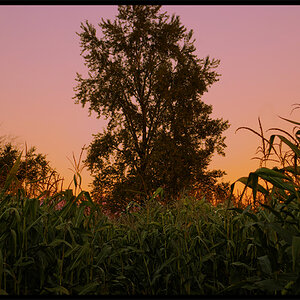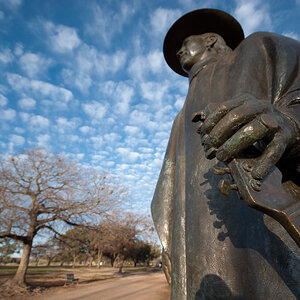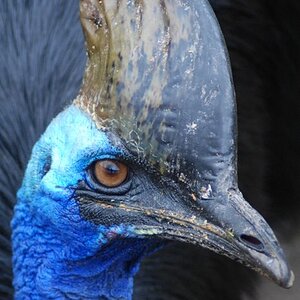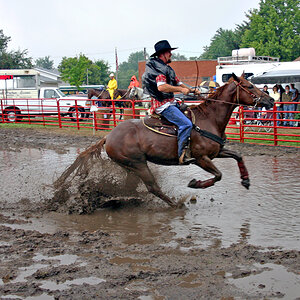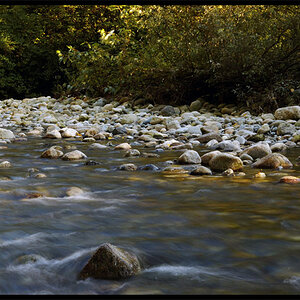pm63
TPF Noob!
- Joined
- Apr 23, 2007
- Messages
- 587
- Reaction score
- 0
- Location
- London
- Website
- flickr.com
- Can others edit my Photos
- Photos OK to edit
[I know there are many threads on this and yes I have searched, but I wanted some specific info on my situation.]
I'm a landscaper and I never planned on shooting people, but for some reason that is starting to change. I thought about saving my money for an ultra wide zoom as I really need one, but I won't be able to afford one for a while, so I'm getting a Strobist kit.
I have a Nikon D40 and shoot with the 18-55 kit for now, but might at some point get a 50mm 1.8.
The kit I'm considering is the Starving Student SW1 kit from Mpex. I'll have to find out shipping costs, but I don't think there is any way I could get such a kit in the UK for as low a price... used 285HV's on eBay here go for as much as Mpex sells them new, for example. I've heard of complaints about Mpex though, anyone know if they've improved?
Is this a good kit to get? Is the 285 good or am I limiting myself with such a budget strobe? What kind of recycling times can I expect? The D40 has 1/500 flash sync., will the 285 keep up or will it be limited to 1/200 or something similar as it is a budget strobe?
Also, I know that the Cactus triggers are not supposed to be as reliabe as PWs... what does this mean in practice? Are they prone to regularly failing and would you advise two pairs just in case?
How soon will I need to get into using a second flash? (probably a stupid question)
Finally, do you think I will get stung on import tax amd how much could this ammount to when importing from the US?
I know there are a lot of questions there, but any advice would be appreciated. :thumbup:
I'm a landscaper and I never planned on shooting people, but for some reason that is starting to change. I thought about saving my money for an ultra wide zoom as I really need one, but I won't be able to afford one for a while, so I'm getting a Strobist kit.
I have a Nikon D40 and shoot with the 18-55 kit for now, but might at some point get a 50mm 1.8.
The kit I'm considering is the Starving Student SW1 kit from Mpex. I'll have to find out shipping costs, but I don't think there is any way I could get such a kit in the UK for as low a price... used 285HV's on eBay here go for as much as Mpex sells them new, for example. I've heard of complaints about Mpex though, anyone know if they've improved?
Is this a good kit to get? Is the 285 good or am I limiting myself with such a budget strobe? What kind of recycling times can I expect? The D40 has 1/500 flash sync., will the 285 keep up or will it be limited to 1/200 or something similar as it is a budget strobe?
Also, I know that the Cactus triggers are not supposed to be as reliabe as PWs... what does this mean in practice? Are they prone to regularly failing and would you advise two pairs just in case?
How soon will I need to get into using a second flash? (probably a stupid question)
Finally, do you think I will get stung on import tax amd how much could this ammount to when importing from the US?
I know there are a lot of questions there, but any advice would be appreciated. :thumbup:


![[No title]](/data/xfmg/thumbnail/42/42271-5db67ba3109fc5edfe486ca6046bcc96.jpg?1619740080)
![[No title]](/data/xfmg/thumbnail/36/36664-a1f71b488f6761523649a87f8465fc3d.jpg?1619737676)
![[No title]](/data/xfmg/thumbnail/40/40309-c759bfd4ae7c079632e7402d21d332f1.jpg?1619739414)
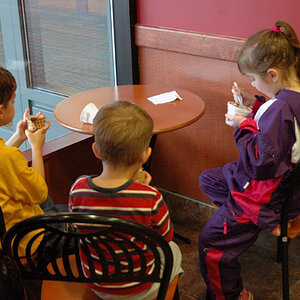
![[No title]](/data/xfmg/thumbnail/42/42272-c0d91b9d0872bcdfbcdfb5bb0529e302.jpg?1619740081)
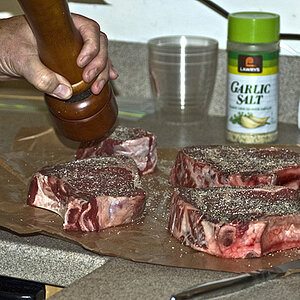
![[No title]](/data/xfmg/thumbnail/31/31752-fcbc5aa4a94154b9c273592aa37b8b1e.jpg?1619734991)
